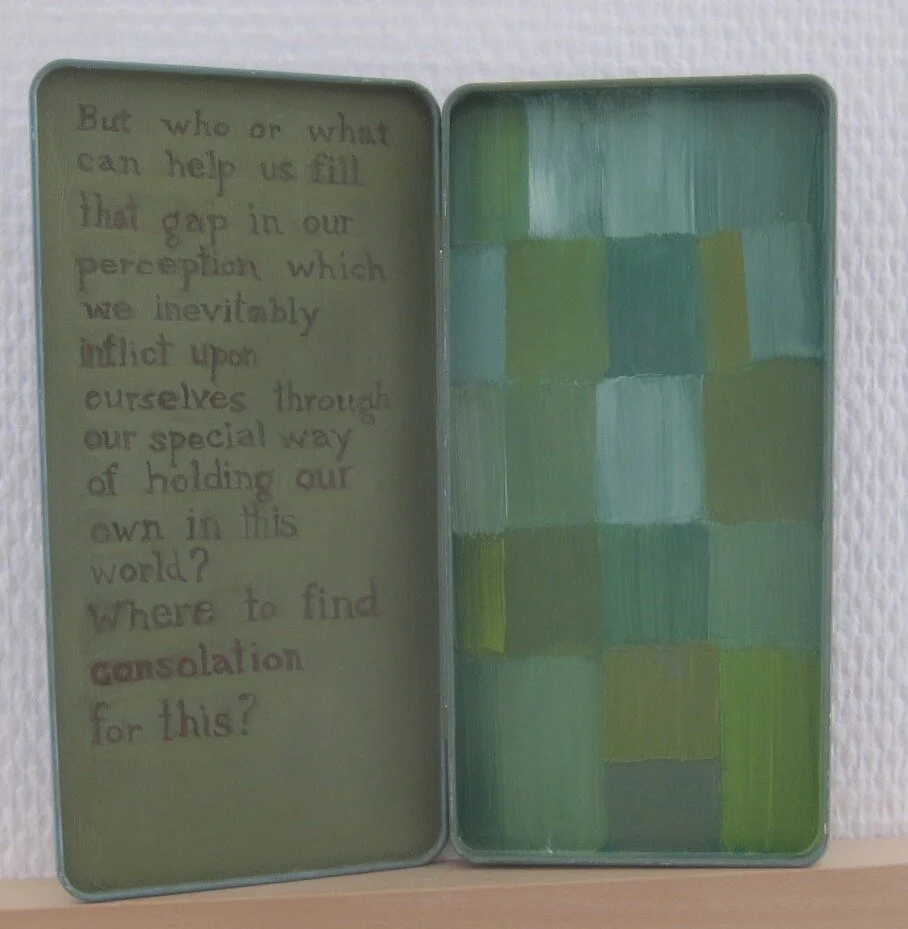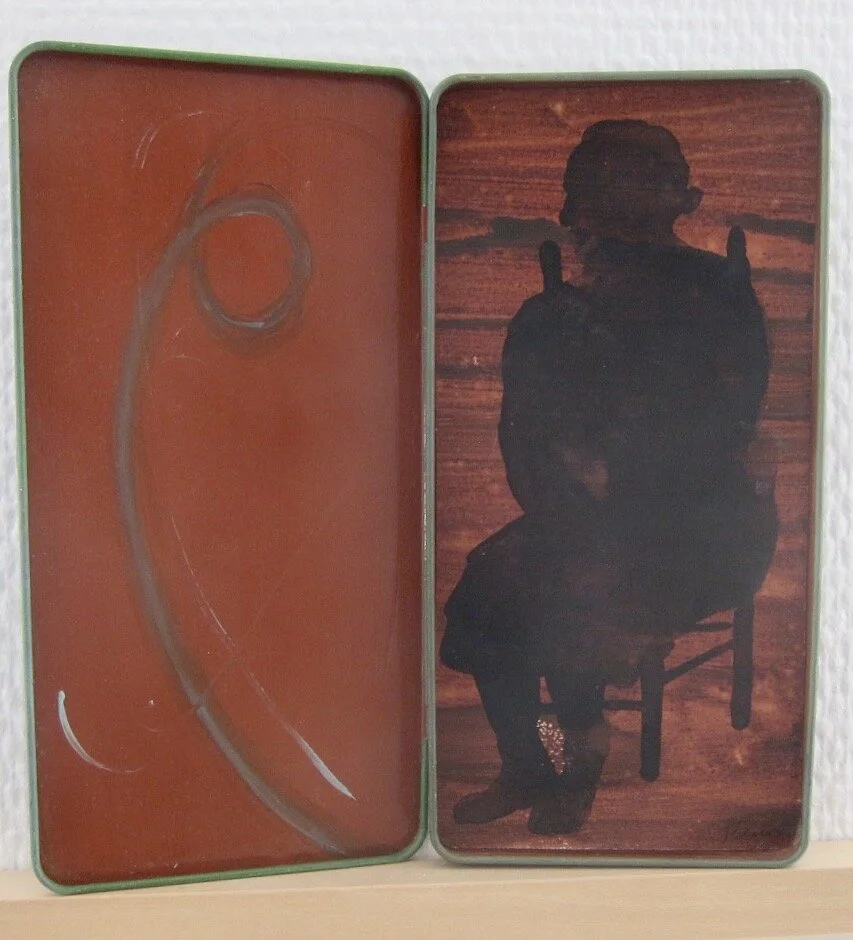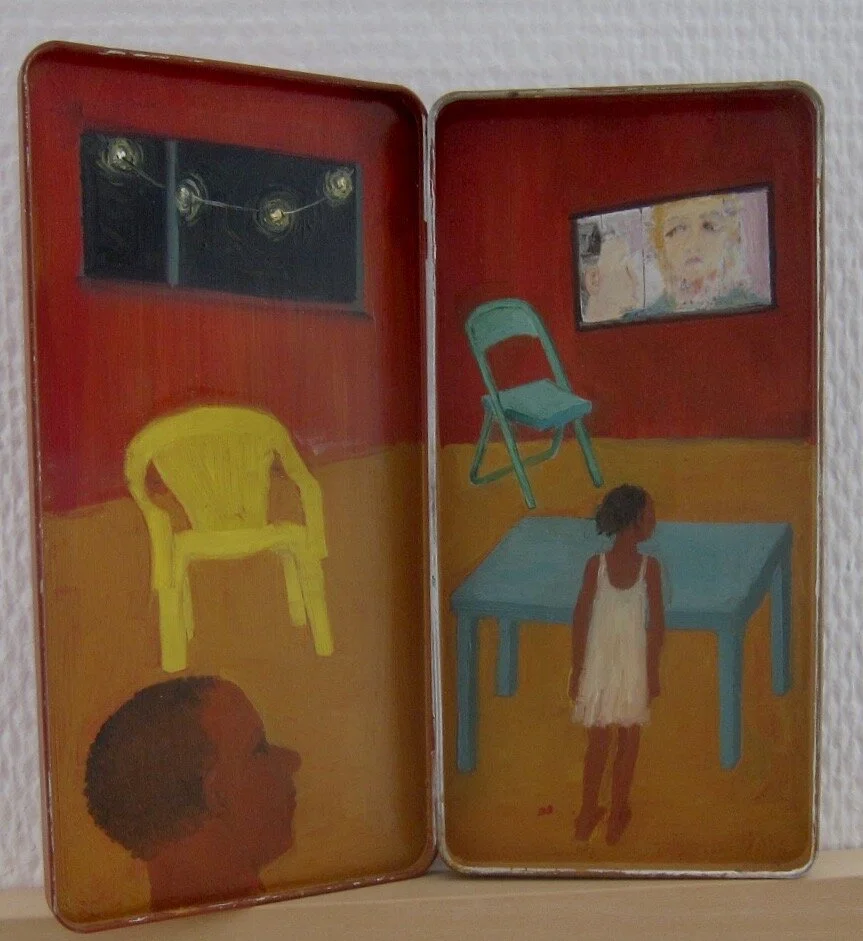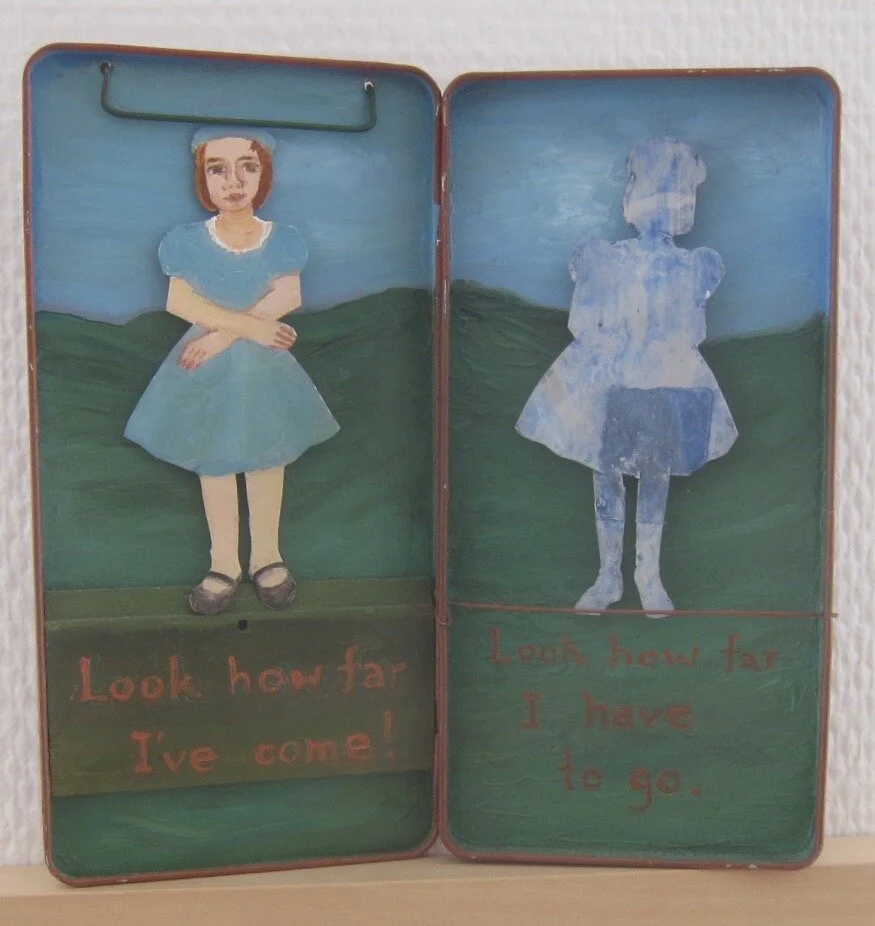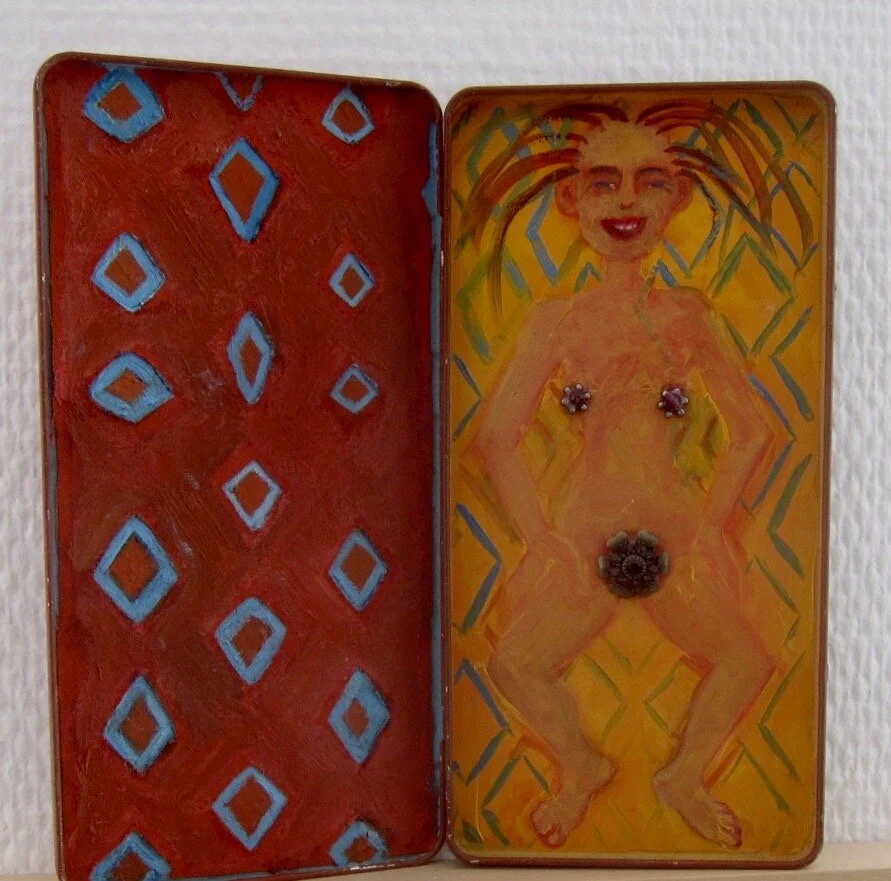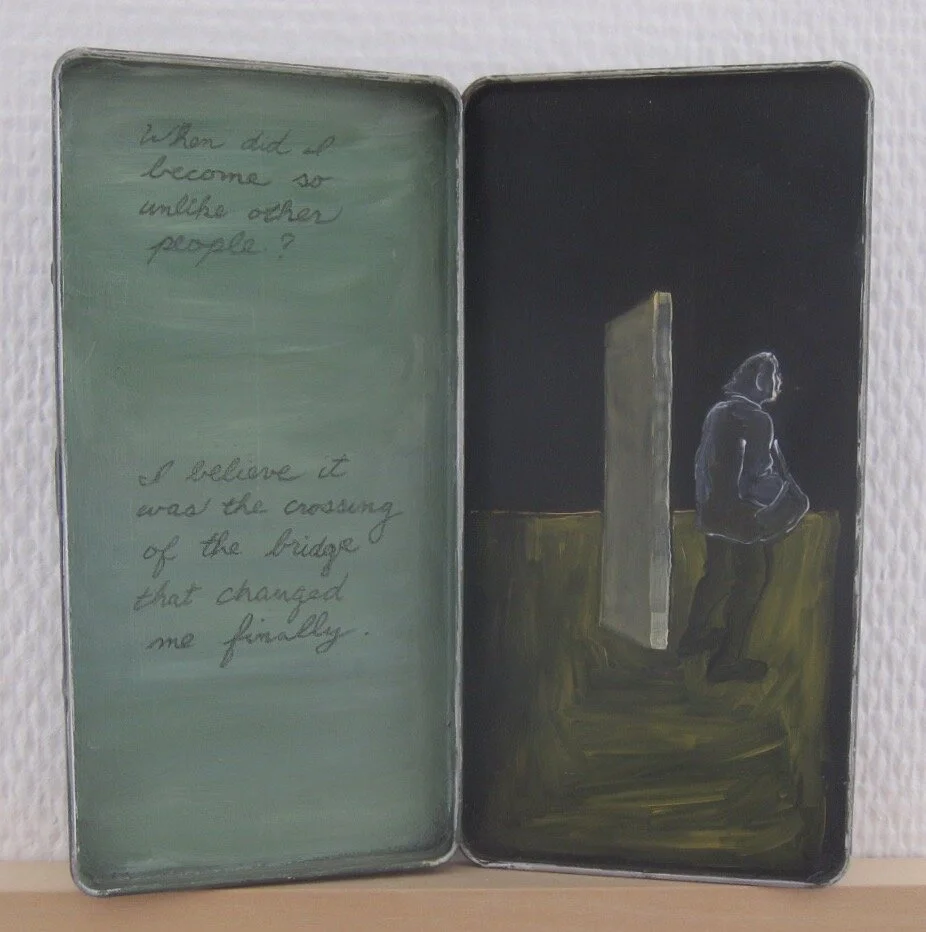Kang Contemporary welcomes you to the Online Viewing
Katrin von Lehmann, MASCH,
Carolyn Prescott, Raúl de Zárate
transfusio - hiding and revealing
curated by Rahel Schrohe
Duration
July 03 - August 20, 2021
Exhibition is extended until August 27, 2021
Katrin von Lehmann, MASCH, Carolyn Prescott, Raúl de Zárate, transfusio – hiding and revealing, curated by Rahel Schrohe, 2021, Kang Contemporary. Photo: Florian Paninski
KANG Contemporary is very pleased to present the work of four artists, shown together in our gallery space for the first time: Katrin von Lehmann, MASCH, Carolyn Prescott and Raúl de Zárate. Their four, very different artistic positions appear here vis-á-vis the central theme, transfusio – hiding and revealing.
KANG Contemporary freut sich sehr, die erstmalige Zusammenarbeit mit Katrin von Lehmann, MASCH, Carolyn Prescott und Raúl de Zárate in den Räumen der Galerie zu präsentieren. Diese vier, sehr unterschiedlichen künstlerischen Positionen kommen unter dem Leitgedanken transfusio – Verdecken und Sichtbarmachen im Ausstellungsraum zusammen.
Katrin von Lehmann, MASCH, Carolyn Prescott, Raúl de Zárate, transfusio – hiding and revealing, curated by Rahel Schrohe, 2021, Kang Contemporary. Photo: Florian Paninski
The Latin transfusio denotes a 'pouring over', i.e. the fluid movement from here to there, a power of transmission that suggests constant change. This flowing movement is evident in the exhibition space as a characteristic or theme of the works and also in the mode of their interaction. Painting and photography, abstraction and figuration combine to form a fluid connection, in which motifs and references gain a momentary firmness that can dissolve again in the next moment.
Das lateinische transfusio bezeichnet ein ,Hinübergießen‘, also die flüssige Bewegung von hier nach dort, eine Übertragungsleistung, die an stete Veränderung denken lässt. Diese fließende Bewegung zeigt sich im Ausstellungsraum als Eigenheit oder Thema der Werke und auch im Modus ihrer Interaktion. Malerei und Fotografie, Abstraktion und Figuration verbinden sich zu einem flüssigen Zusammenhang, in dem Motive und Bezüge eine momentane Festigkeit gewinnen, die sich im nächsten Moment wieder auflösen kann.
Katrin von Lehmann, MASCH, Carolyn Prescott, Raúl de Zárate, transfusio – hiding and revealing, curated by Rahel Schrohe, 2021, Kang Contemporary. Photo: Florian Paninski
Katrin von Lehmann, MASCH, Carolyn Prescott, Raúl de Zárate, transfusio – hiding and revealing, curated by Rahel Schrohe, 2021, Kang Contemporary. Photo: Florian Paninski
The works refer, each in a different way, to something that both lies behind and simultaneously insists upon the surface of the object. They manifest an interest in formal phenomena, historical contexts, and materially specific characteristics. They open up fictional spaces that make something visible in the very gesture of concealing. For her photo weavings Katrin von Lehmann weaves two or more identical photographs, cut into strips, into each other. Drawing on the craftsmanship of classic weaving and braiding techniques, she creates haptic, 'shifted' variants of the original motif. Through the techniques used, some parts of the image are superimposed and others are revealed; minimal gaps and an active surface emerge.
Die Werke verweisen, je verschieden, auf etwas Dahinterliegendes, das zugleich an der Oberfläche des Objekts insistiert. Sie zeigen ein Interesse für formale Phänomene, historische Zusammenhänge und materialspezifische Eigenschaften. Sie eröffnen fiktionale Räume, die in der Geste des Verdeckens etwas sichtbar machen. Für ihre Fotogeflechte webt Katrin von Lehmann zwei oder mehr in Streifen geschnittene identische Fotografien ineinander. Auf die handwerkliche Arbeit klassischer Flecht- und Webtechniken zurückgreifed entstehen so haptische, verschobene‘ Varianten des ursprünglichen Motivs. Durch die angewandten Techniken werden einige Bildteile überlagert und andere gezeigt; minimale Zwischenräume und eine bewegte Oberfläche entstehen.
Katrin von Lehmann, MASCH, Carolyn Prescott, Raúl de Zárate, transfusio – hiding and revealing, curated by Rahel Schrohe, 2021, Kang Contemporary. Photo: Florian Paninski
MASCH's works follow a similar kind of material play of showing and hiding: on the medium of canvas, scraps of fabric and paint are layered and interwoven with each other. Comparable to Lehmann's photographic interweavings, moving surfaces are created, here in the medium of painting. Active, lively surfaces emerge, which allow us to see the temporal component of their making.
Auch MASCHs Arbeiten folgen einem solchen materiellen Spiel von Zeigen und Verbergen: Auf dem Trägermedium der Leinwand sind Stoffreste und Farben übereinander geschichtet und miteinander verwoben. Vergleichbar den Fotoflechtungen von Lehmanns entstehen – hier im Medium der Malerei – bewegte Oberflächen, die die zeitliche Komponente ihrer Entstehung in Erscheinung treten lassen.
Katrin von Lehmann, MASCH, Carolyn Prescott, Raúl de Zárate, transfusio – hiding and revealing, curated by Rahel Schrohe, 2021, Kang Contemporary. Photo: Florian Paninski
Katrin von Lehmann, MASCH, Carolyn Prescott, Raúl de Zárate, transfusio – hiding and revealing, curated by Rahel Schrohe, 2021, Kang Contemporary. Photo: Florian Paninski
In Carolyn Prescott's Chocolate Tins: Ten Ways of Thinking about the Self, the metal chocolate tins become the medium for the images. Painted inside and out with oil paint, they show in ten chapters the artist's poetic-visual confrontation with questions about the self. They can be taken in the hand, opened and closed, and thus they explicitly embody the theme of concealing and showing. In a second group of works, the Overthrow Series, Prescott addresses specific moments in the history of the United States, moments of subjugation and overthrow of the regime of another country. Drawing from Stephen Kinzer's book Overthrow. America's Century of Regime Change from Hawaii to Iraq and sometimes interacting with her own memories of these historical events, Prescott creates 14 small-scale works in the style of Mexican retablos (devotional paintings) that reveal individual and perhaps new perspectives on these facts.
In Carolyn Prescotts Chocolate Tins: Ten Ways of Thinking about the Self werden die metallenen, aufklappbaren Schokoladendosen zum Trägermedium der Bilder. Von Innen und Außen mit Ölfarbe bemalt zeigen sie die poetisch-visuelle Auseinandersetzung der Künstlerin mit Fragen nach dem Ich in zehn Kapiteln. Sie können in die Hand genommen, geöffnet und geschlossen werden und verkörpern so ganz explizit die Thematik des Verbergens und Zeigens. In einer zweiten Gruppe von Werken, der Overthrow Series, widmet sich Prescott ganz bestimmten Momenten in der Geschichte der USA; jenen Momenten der Unterwerfung und des Umsturzes eines anderen Regimes. Ausgehend von Stephen Kinzers Buch Overthrow. America‘s Century of Regime Change from Hawaii to Iraq und im Zusammenspiel mit ihren eigenen Erinnerungen an diese historischen Ereignisse schafft Prescott 14 kleinformatige Werke im Stil mexikanischer retablos (Andachtsgemälde), die individuelle und vielleicht neue Perspektiven auf diese Sachverhalte offenbaren.
Katrin von Lehmann, MASCH, Carolyn Prescott, Raúl de Zárate, transfusio – hiding and revealing, curated by Rahel Schrohe, 2021, Kang Contemporary. Photo: Florian Paninski
Katrin von Lehmann, MASCH, Carolyn Prescott, Raúl de Zárate, transfusio – hiding and revealing, curated by Rahel Schrohe, 2021, Kang Contemporary. Photo: Florian Paninski
Katrin von Lehmann, MASCH, Carolyn Prescott, Raúl de Zárate, transfusio – hiding and revealing, curated by Rahel Schrohe, 2021, Kang Contemporary. Photo: Florian Paninski
Photographs are the starting point for Raúl de Zárate’s paintings. Often the artist takes them himself, staging them. When he translates the photographic motifs into painting, he is particularly interested in the relationship between figure and surrounding space. De Zárate's figures find themselves in places that can be determined neither temporally nor spatially. Rather, they are spaces of pure painting, consisting solely of colour and the stroke of the paintbrush. In them, the figures discover or explore something that is hinted at by a gesture or a glance, but remains hidden to the viewer.
Fotografien bilden den Ausgangspunkt für Raúl de Zárates Malereien. Oft nimmt sie der Künstler selbst auf, inszeniert sie. Dabei interessiert ihn insbesondere das Verhältnis von Figur und Umraum, wenn er die fotografischen Motive in Malerei übersetzt. De Zárates Figuren finden sich an Orten wieder, die sich weder zeitlich noch räumlich bestimmen lassen. Vielmehr sind es Räume der reinen Malerei, bestehend allein aus Farbe und Duktus. In ihnen entdecken oder erkunden die Figuren etwas, das durch eine Geste, einen Blick zwar angedeutet wird, für die Betrachterin jedoch im Verborgenen bleibt.
Rahel Schrohe
ARTWORKS
Katrin von Lehmann
Katrin von Lehmann, Mauerblümchen 3, 2013, eight photo weavings, diameter: 116 cm. Photo: Bernd Hiepe
Katrin von Lehmann, Duplex et Semi C+D 2, 2012, two photo weavings, twill weave, 61 x 61 cm. Photo: Bernd Hiepe
Katrin von Lehmann, Duplex et Semi C+D 2, 2012, two photo weavings, twill weave, 61 x 61 cm. Photo: Bernd Hiepe
Katrin von Lehmann, Duplex et Semi A+B 1, 2012, two photo weavings, twill weave, 61 x 61 cm. Photo: Bernd Hiepe
Katrin von Lehmann, Duplex et Semi A+B 3, 2012, two photo weavings, twill weave, 61 x 61 cm. Photo: Bernd Hiepe
Katrin von Lehmann, Duplex et Semi C+D 3, 2012, two photo weavings, twill weave, 61 x 61 cm. Photo: Bernd Hiepe
masch
MASCH, THAT CURTAIN SOMETHING, 2014 mixed media on canvas, 120 x 100 cm
MASCH, NEVER AGAIN, 2017, mixed media on canvas, 90 x 70 cm
MASCH, ALMOST SUMMER 2, 2018, oil on canvas, 90 x 70 cm
MASCH, PLENTY OF GREY, 2013, mixed media on canvas, 80 x 100 cm
Carolyn Prescott
Carolyn Prescott, Cloud, 2007 - 2008, oil on particle board, 10 x 17 cm
Carolyn Prescott, Woman and empty fountains, 2007 - 2008, oil on particle board, 10 x 17 cm
Carolyn Prescott, The Chocolate Tins, 2015 - 2020, oil on tin box, open 19 x 19 cm
Carolyn Prescott, Overthrow Series, 2006 - 2007, oil on birch plywood, 25 x 33 cm
Raúl de Zárate
Raúl de Zárate, Resonanz, 2020, acrylic on linen, 100 x 90 cm
Raúl de Zárate, Bedarf, 2020, acrylic on linen, 80 x 60 cm
Raúl de Zárate, Außerhalb des Wirkungskreises, 2020, acrylic on linen, 60 x 80 cm
Raúl de Zárate, Faktum, 2020, acrylic on linen, 160 x 150 cm


